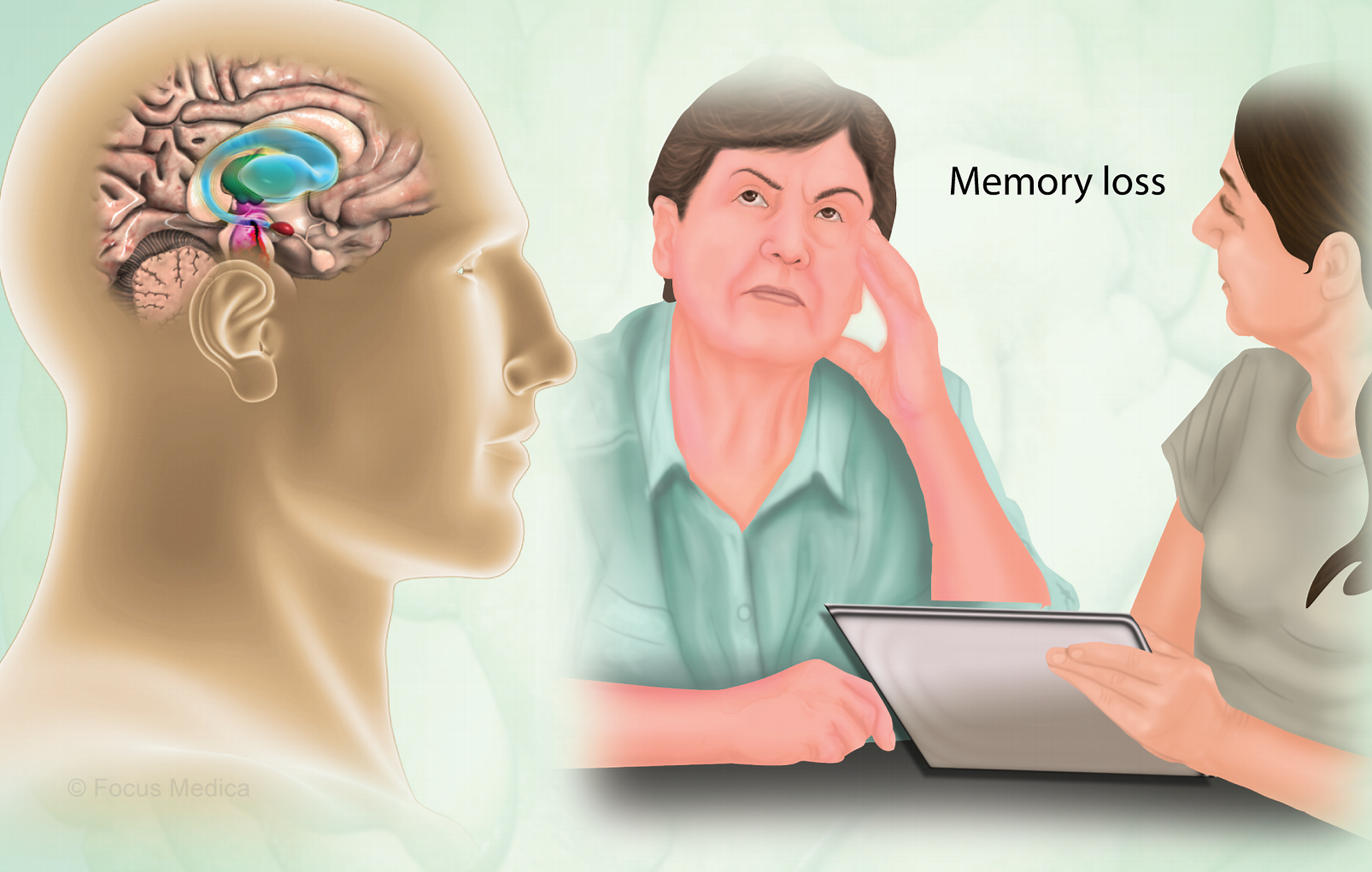
What is Creutzfeldt-Jakob disease?
Creutzfeldt-Jakob disease (CJD) is a rare and serious disease. It causes the brain to become spongy. This leads to dementia and death.
CJD belongs to a group of rare diseases known as transmissible spongiform encephalopathies (TSE) or prion diseases.
These diseases can affect humans and animals. The best-known form of TSE is bovine spongiform encephalopathy (BSE), or ‘mad cow’ disease.
In Australia, there are about 35 cases of CJD each year.
What causes Creutzfeldt-Jakob disease?
CJD happens when infectious particles called prions damage your brain cells. A prion is a brain protein where the structure has changed. A build-up of prions damages your brain cells.
There are a few different types of CJD.
Sporadic CJD occurs for no obvious reason. This is very rare and affects one in 1 million people each year.
Genetic or familial CJD is an inherited form of the disease.
Medically acquired CJD is when the disease is spread accidentally during a medical procedure. This might happen if medical staff use contaminated instruments. Some people have contracted CJD after receiving diseased:
- human growth hormone
- tissue
- blood transfusions
Variant CJD (vCJD) is caused by eating meat from cows that had mad cow disease. Blood and blood products can also transmit vCJD. Most cases of vCJD occurred in the UK in the 1990s.
Creutzfeldt-Jakob disease is not spread from person to person through kissing, sneezing, coughing or body contact.
What is mad cow disease?
Mad cow disease is a severe neurological disease seen in cows. It causes damage to their brains and spinal cords.
Eating food contaminated with infected animal meat or bones can lead to serious illness in people.
The human form of mad cow disease is called variant Creutzfeldt–Jakob disease (vCJD). This is different to CJD. There have been no cases of mad cow disease or vCJD in Australia.
What are the symptoms of Creutzfeldt-Jakob disease?
CJD can take years to develop. The first symptoms are vague. CJD most often occurs in people aged between 50 to 70 years.
Early symptoms can include:
- changes in personality
- changes in behaviour
- decline in thinking ability
- visual abnormalities
- muscle weakness
- loss of control over movement
Later symptoms might include:
- confusion
- speech abnormalities
- agitation
- hallucinations (seeing or hearing things that don’t exist)
CJD progresses to:
- dementia
- coma
- death
Death usually occurs weeks to months after the start of symptoms.
People with vCJD tend to be younger and have a slower rate of deterioration. They tend to have more changes in personality than patients with CJD.
When should I see my doctor?
The risk of getting CJD is very low in Australia. You should see your doctor if you have lost a family member to CJD. If you have a family member with CJD it means that you are at increased risk of developing CJD.
Always tell your doctor or dentist if you have a family member with CJD. They will need to follow special infection control guidelines. This is because prions aren’t destroyed by heat and chemical sterilisation.
How is Creutzfeldt-Jakob disease diagnosed?
CJD is difficult to diagnose. This is because early symptoms are very general. There are no actual tests to diagnose CJD until symptoms are well advanced.
CJD is diagnosed only by doing special tests on brain tissue. Often these tests are done during an autopsy, after the affected person has died.
If someone shows signs of CJD, they may have some tests to rule out other causes of their symptoms. These might include:
- an electroencephalogram (EEG)
- magnetic resonance imaging (MRI)
- a lumbar puncture
How is Creutzfeldt-Jakob disease treated?
There is no treatment or cure for CJD. However, research for a cure is continuing.
Treatment aims to relieve symptoms.
Can Creutzfeldt-Jakob disease be prevented?
There is no way to prevent sporadic CJD.
To assess your risk of genetic CJD, you can talk to a genetic counsellor. This is recommended if there are people in your family with diseases that affect their brain.
Medically acquired CJD is very rare in Australia.
In Australia, the rules for blood donation were changed in 2022. You can now donate blood if you lived in the United Kingdom at any time during the 1980s and 1990s. But you can’t donate blood if someone in your family has inherited CJD.
Complications of Creutzfeldt-Jakob disease
CJD is always fatal. Most patients die within a year of the symptoms starting. Only a small number of people survive for more than 2 years.

